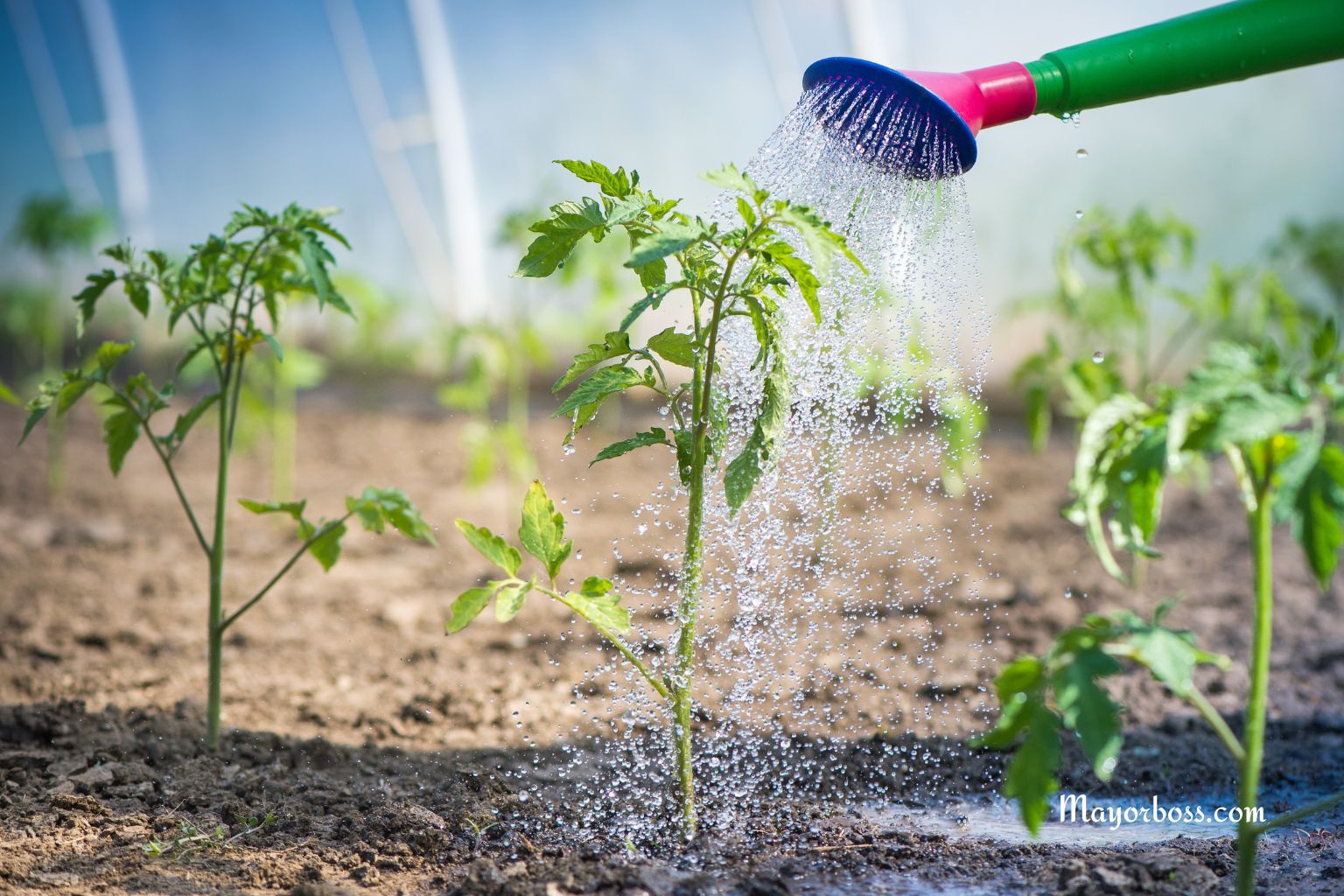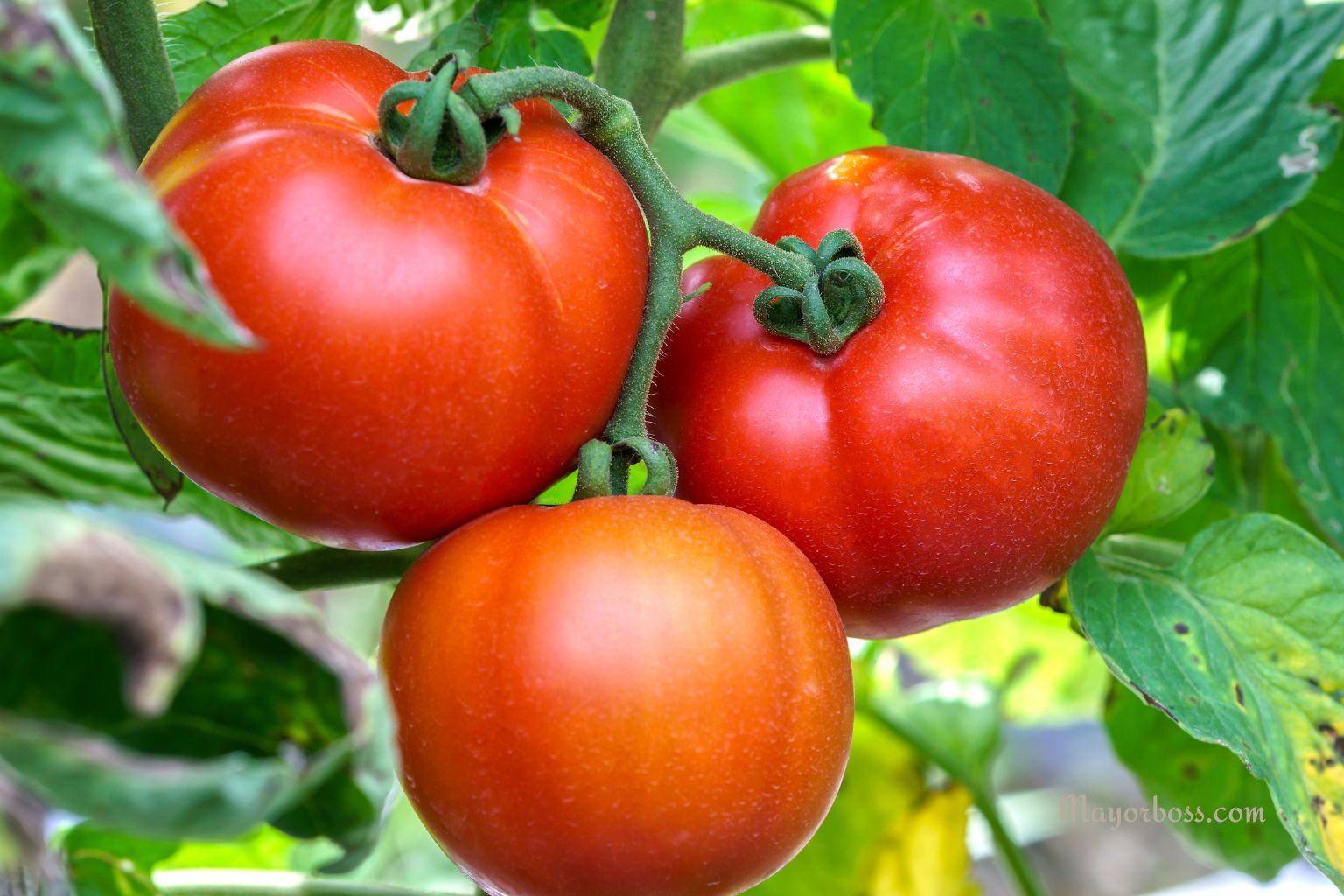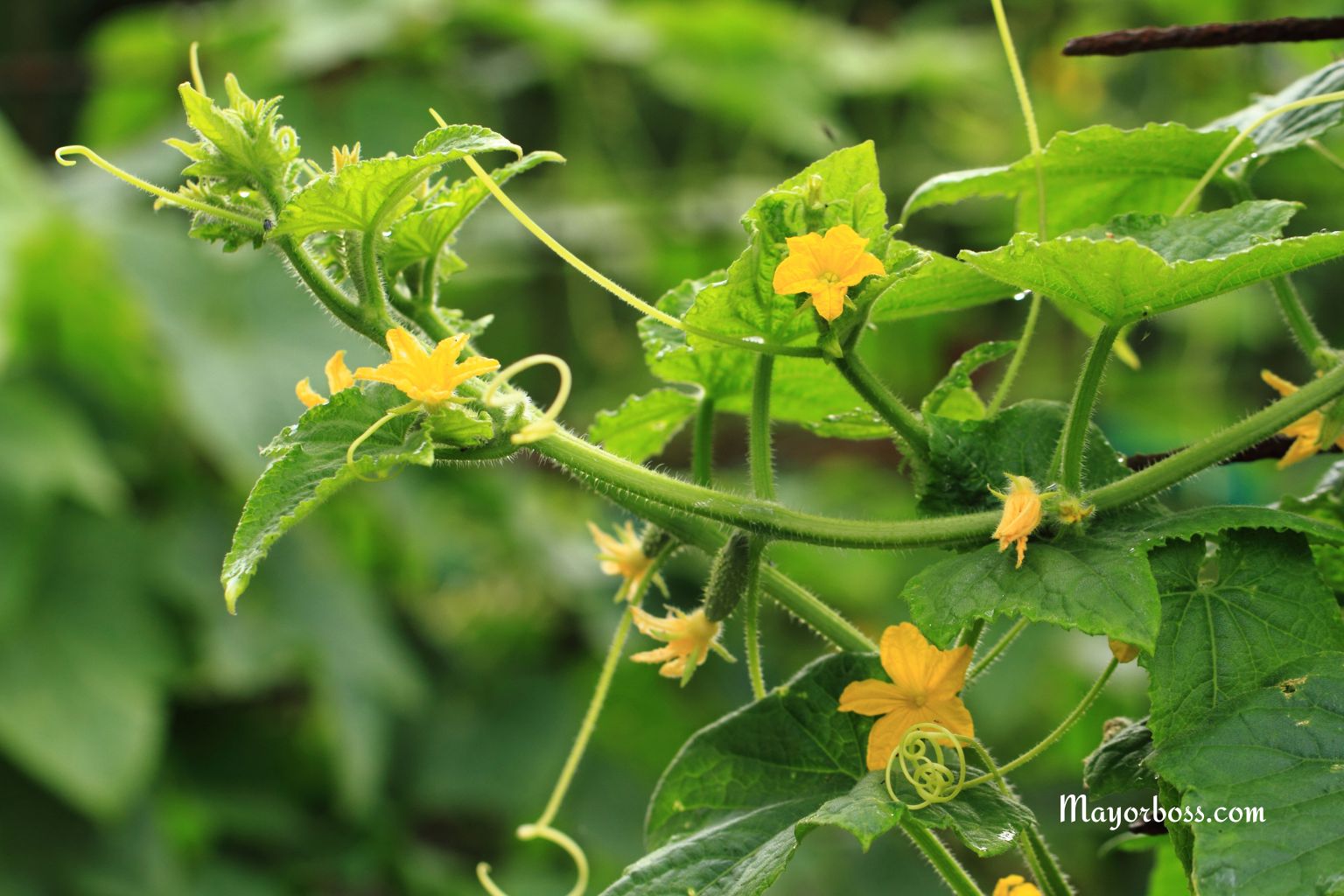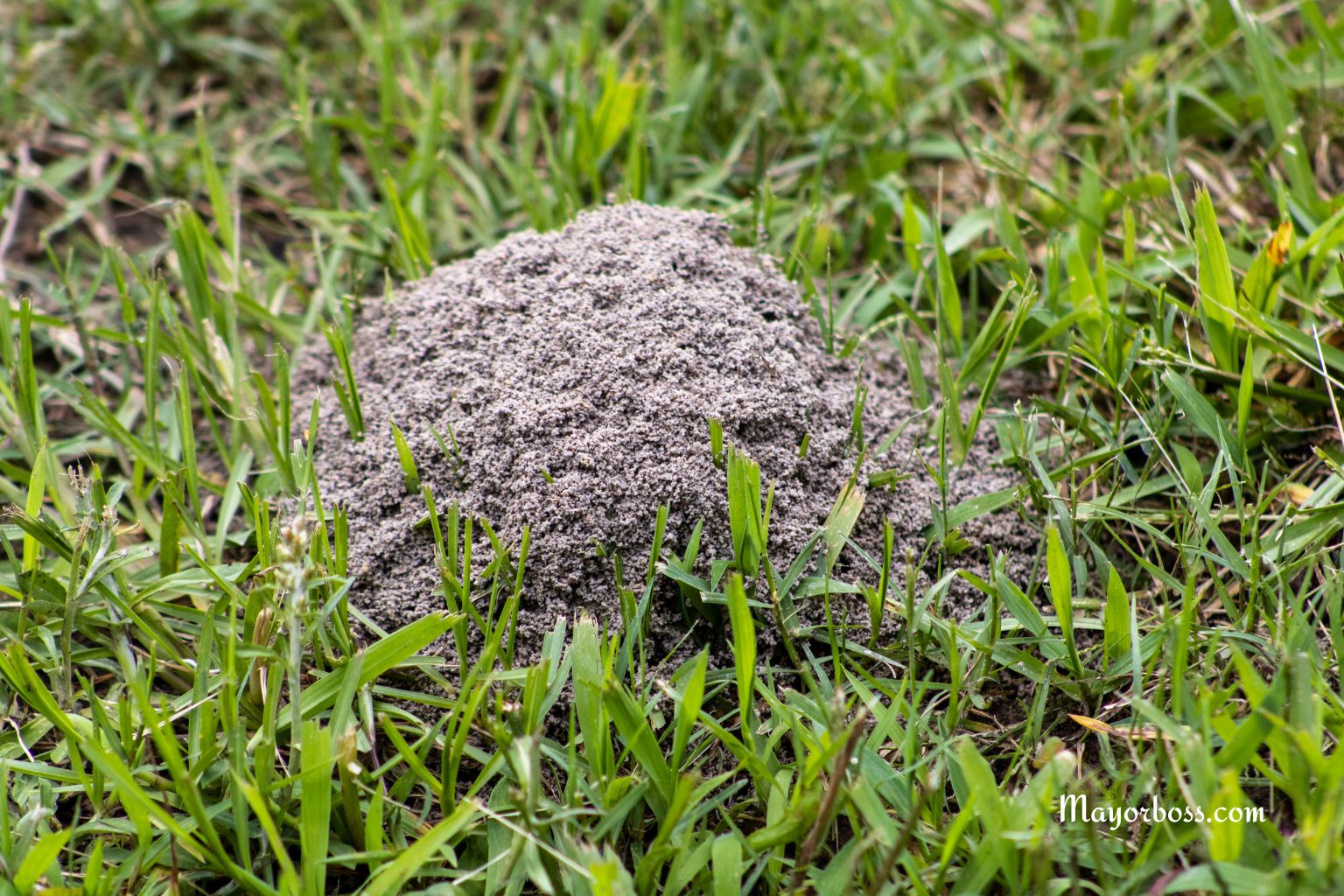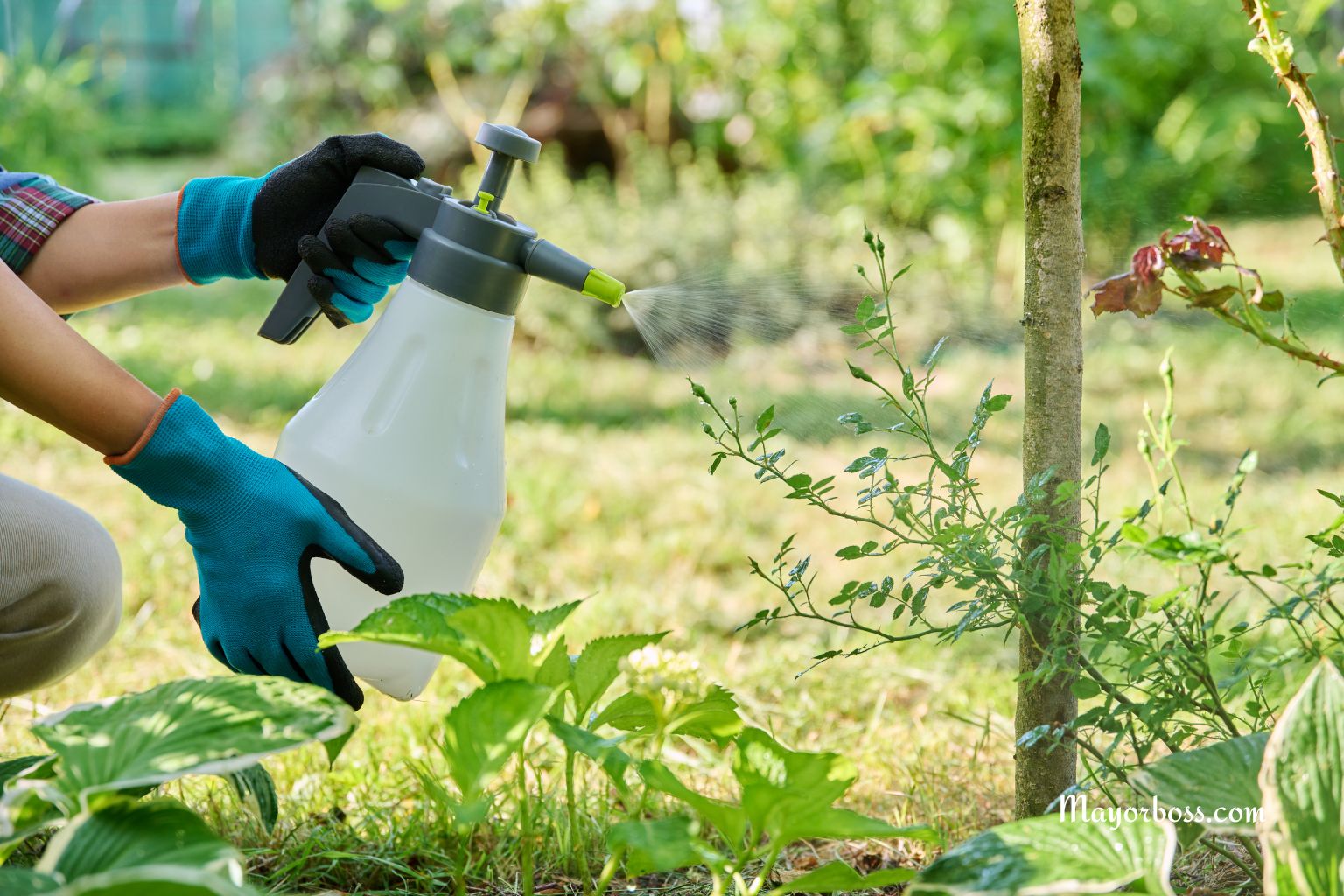Vinegar and Salt Make a Great DIY Weed Killer—Here’s How to Use It
Vinegar and salt can be mixed together to create a simple, natural weed killer. When sprayed directly onto weeds, this mixture dries them out and helps prevent regrowth. Always apply carefully, as it can harm any plant it touches, including grass and flowers.
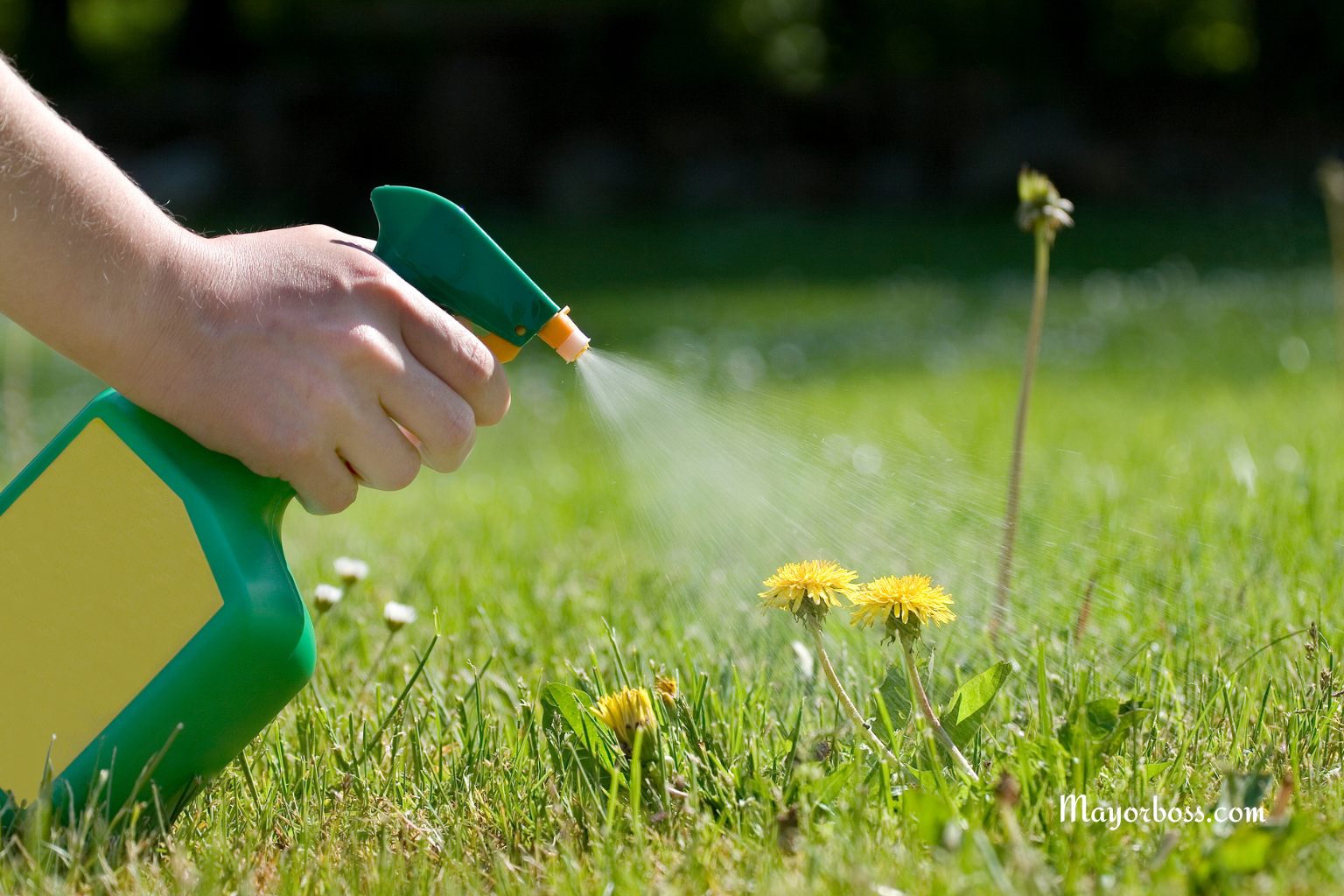
Why People Choose Vinegar and Salt for Weeds
Weeds have a way of taking over your yard, garden beds, and even cracks in your sidewalk. If you’re tired of pulling them by hand or don’t want to use chemical sprays, you’re not alone. Gardening experts and many people are turning to natural solutions—like vinegar and salt—for a safer way to tackle unwanted plants.
Both vinegar and salt are easy to find, affordable, and effective. You might even have them in your kitchen right now. But before you reach for the spray bottle, it’s important to understand how this DIY weed killer works and how to use it safely.
How Does Vinegar Kill Weeds?
Vinegar contains acetic acid. When you spray it on a plant, the acid draws out moisture from the leaves. Without water, the weed dries up, turns brown, and usually dies within a few days.
Most household vinegars contain about 5% acetic acid. For tough weeds, some people use “horticultural vinegar,” which is stronger. But be careful: higher concentrations can irritate your skin and eyes.
Why Add Salt?
Salt, or sodium chloride, boosts the weed-killing power of vinegar. Salt prevents weeds from taking up water from the soil. When the salt soaks into the ground, it makes it hard for plants to survive and grow back.
But there’s a catch: salt can stay in the soil for a long time. If you use too much, it may prevent anything—including grass and flowers—from growing in that spot for months. That’s why it’s best to use this mix only on weeds in areas where you don’t want anything to grow, such as driveways, sidewalk cracks, or gravel paths.
The Basic Recipe
Making your own vinegar and salt weed killer is simple. Here’s a basic recipe:
- 1 gallon (about 4 liters) of white vinegar
- 1 cup of table salt
- 1 tablespoon of liquid dish soap
The dish soap isn’t just for cleaning. It helps the mixture stick to the leaves of the weeds, making it more effective.
Directions:
- Pour the vinegar into a large bucket.
- Add the salt and stir until it dissolves.
- Mix in the dish soap.
- Pour the mixture into a spray bottle or garden sprayer.
Make sure to label your spray bottle so no one accidentally uses it for cleaning or watering plants.
How to Apply the DIY Weed Killer
- Pick a sunny, dry day. The mixture works best when the sun is shining and there’s no rain in the forecast.
- Spray the weeds directly. Hold the nozzle close to the weed and spray until the leaves are soaked. Try not to spray the soil or other plants.
- Avoid spraying on windy days. The wind can blow the spray onto nearby grass or flowers, which may damage them.
- Watch and wait. Most weeds will start to wilt within hours. Some may take a day or two to die completely.
- Repeat as needed. Stubborn weeds may need a second treatment in a week.
Safety Tips
- Protect your skin and eyes. Vinegar—especially strong vinegar—can irritate your skin. Wear gloves and try not to breathe in the spray.
- Store leftover mixture safely. Keep it out of reach of children and pets.
- Do not use near plants you want to keep. This spray will harm any plant it touches.
Where (and Where Not) to Use Vinegar and Salt
This weed killer is best for:
- Cracks in sidewalks and driveways
- Gravel paths and patios
- Areas where you don’t want anything to grow
Avoid using it in your lawn, vegetable garden, or flower beds. The salt can make soil unsuitable for future plants, and even vinegar can harm the roots of nearby plants you want to keep.
Does This Mixture Kill Weeds for Good?
Vinegar and salt work well on young, small weeds. For larger or deep-rooted weeds, the top may die, but the roots sometimes survive and regrow. Repeated treatments may be needed for tough weeds.
If you want a long-term solution, consider pulling weeds by hand or using mulch to block them. For some stubborn weeds, a targeted chemical may be necessary.
Frequently Asked Questions
1. Can I use apple cider vinegar instead of white vinegar?
Yes, but it has the same amount of acetic acid, so it works about the same. White vinegar is usually cheaper for large areas.
2. Is this mixture safe for pets?
After it dries, it’s usually safe for pets to walk on the treated area. While wet, keep pets away so they don’t lick or step in the mixture.
3. Will it kill the roots?
Vinegar and salt kill the leaves and stems, but may not reach deep roots. Some weeds might regrow and need more treatments.
4. How soon can I plant in the treated area?
If you use a lot of salt, you may need to wait several months or longer before anything will grow there. Use this mix only where you don’t want future plants.
5. What if I accidentally spray my lawn or garden?
Rinse the area with plenty of water right away to help dilute the vinegar and salt. Try to avoid spraying near plants you want to keep.

